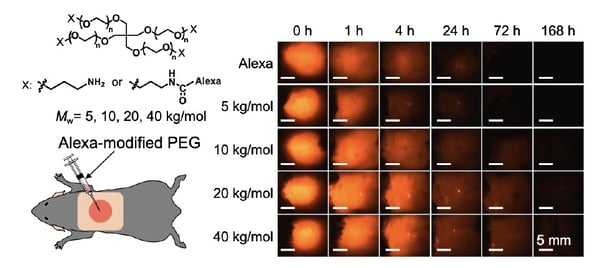2023-04-06 カリフォルニア大学リバーサイド校(UCR)
研究チームは、収入水準に応じて、最高濃度の地域をマッピングした。マンガン汚染された地下水は、カリフォルニア州の約130万人の住民が利用する未監視の私設井戸に存在するため、深層井戸に変えることが有効かどうかは検討中である。
<関連情報>
- https://news.ucr.edu/articles/2023/04/06/manganese-central-valley-water-threatens-fetuses-and-children
- https://pubs.acs.org/doi/10.1021/acs.est.2c08548
米国カリフォルニア州セントラルバレーの家庭用井戸と地域給水システムにおける飲料水マンガン濃度の格差について Disparities in Drinking Water Manganese Concentrations in Domestic Wells and Community Water Systems in the Central Valley, CA, USA
Miranda L. Aiken, Clare E. Pace, Maithili Ramachandran, Kurt A. Schwabe, Hoori Ajami, Bruce G. Link and Samantha C. Ying
Environmental Science & Technology Published:January 25, 2023
DOI:https://doi.org/10.1021/acs.est.2c08548

Abstract
Over 1.3 million Californians rely on unmonitored domestic wells. Existing probability estimates of groundwater Mn concentrations, population estimates, and sociodemographic data were integrated with spatial data delineating domestic well communities (DWCs) to predict the probability of high Mn concentrations in extracted groundwater within DWCs in California’s Central Valley. Additional Mn concentration data of water delivered by community water systems (CWSs) were used to estimate Mn in public water supply. We estimate that 0.4% of the DWC population (2342 users) rely on groundwater with predicted Mn > 300 μg L–1. In CWSs, 2.4% of the population (904 users) served by small CWSs and 0.4% of the population (3072 users) served by medium CWS relied on drinking water with mean point-of-entry Mn concentration >300 μg L–1. Small CWSs were less likely to report Mn concentrations relative to large CWSs, yet a higher percentage of small CWSs exceed regulatory standards relative to larger systems. Modeled calculations do not reveal differences in estimated Mn concentration between groundwater from current regional domestic well depth and 33 m deeper. These analyses demonstrate the need for additional well-monitoring programs that evaluate Mn and increased access to point-of-use treatment for domestic well users disproportionately burdened by associated costs of water treatment.


